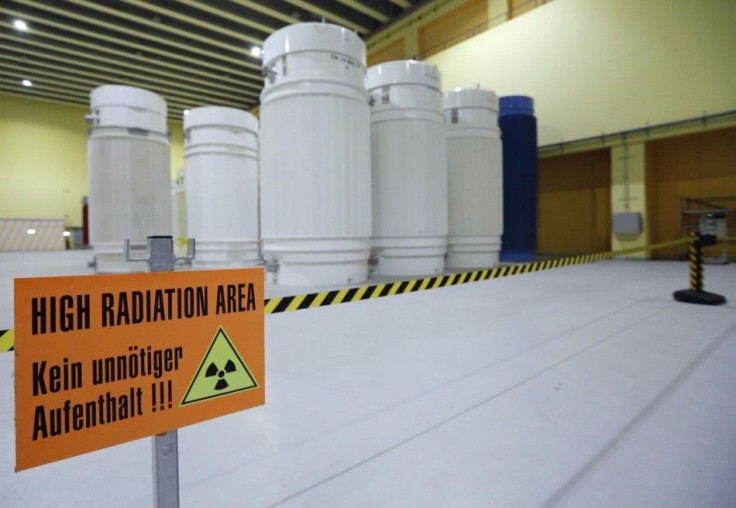Fukushima Radiation Has Arrived At California, US Coast, But Levels Still Low

The radiation from the crippled Fukushima Daiichi nuclear power plant, three years after the catastrophic meltdown happened, had arrived in the waters off the northern coast of California in the United States.
In a statement posted on its Web site, volunteer oceanographers from the Massachusetts-based Woods Hole Oceanographic Institution said traces of isotope cesium-134 have been detected in the waters at 100 miles (160 kilometres) west of Eureka, California. But it said the levels they found were still far below and that these possibly do not pose a health risk.
Moreover, Woods Hole added the levels were over 1,000 times lower than acceptable limits in drinking water set by the U.S. Environmental Protection Agency. However, it believes contaminant levels at the area could increase over the next two to three years.
"We don't know exactly when the Fukushima isotopes will be detectable closer to shore because the mixing of offshore surface waters and coastal waters is hard to predict," Ken Buesseler, the leader of WHOI's monitoring team, said in the statement. "We stand to learn more from samples taken this winter when there is generally less upwelling."
Way even before the nuclear accident at Tokyo in March 2011, the waters in the Pacific already have traces of isotope cesium. This is traces of isotope cesium-137, which was introduced to the environment during the 1950s and '60s when the world had a gamut of atmospheric weapons testing. Cesium-137 undergoes radioactive decay with a 30-year half-life.
The radioactive Isotope cesium-134 reached California because it was largely carried by the ocean currents. But as it travelled, it got diluted along the way. Buesseler had been monitoring the waters off the coast of northern California particularly for cesium-134 because he claimed it is the "fingerprint" of Fukushima.
He said cesium-134 does not naturally occur in the environment. Moreover, it has a very short two-year half-life, which means that anything found in the Pacific waters today can only come from Fukushima. The traces of isotope cesium-134 that WHOI found in this latest sampling was less than 2 Becquerels per cubic metre.





















